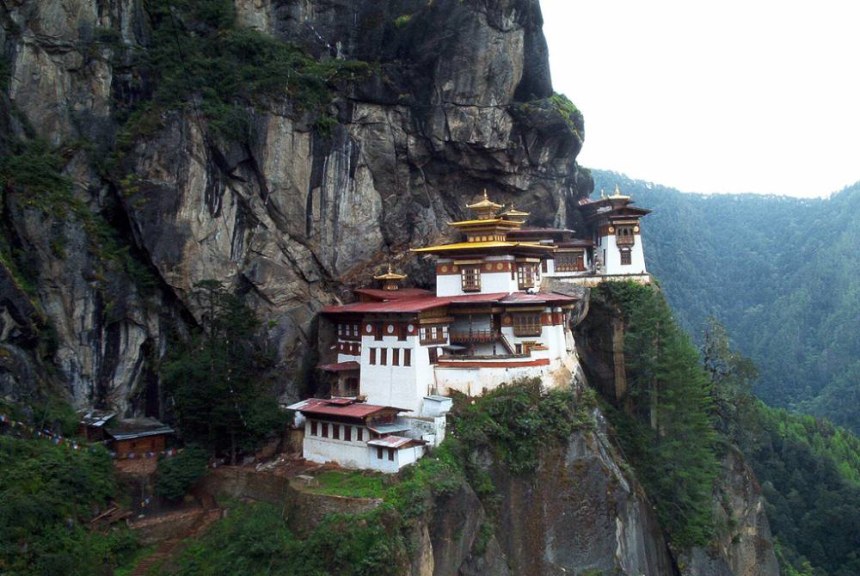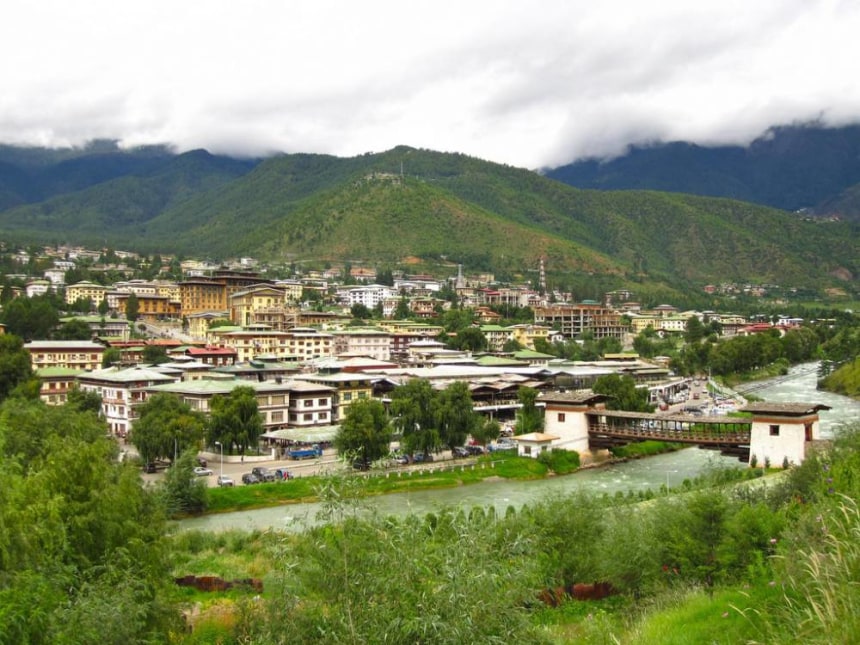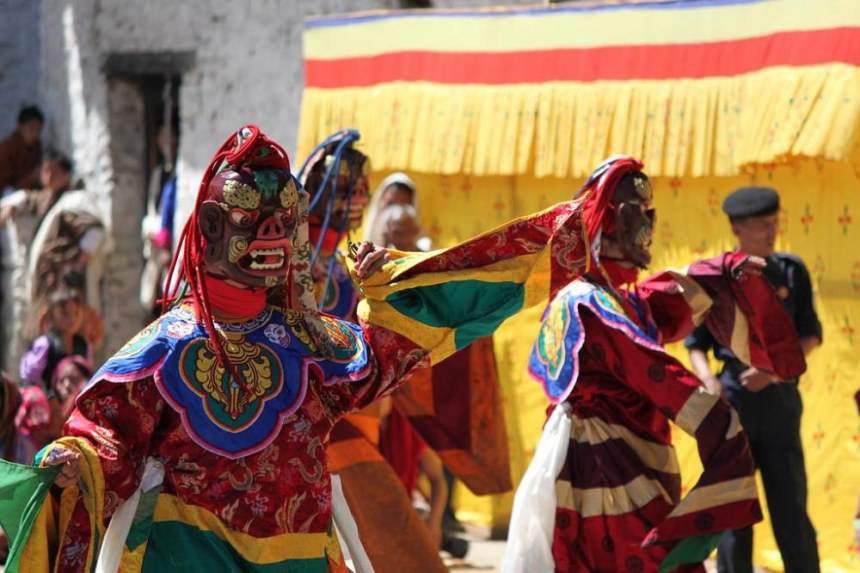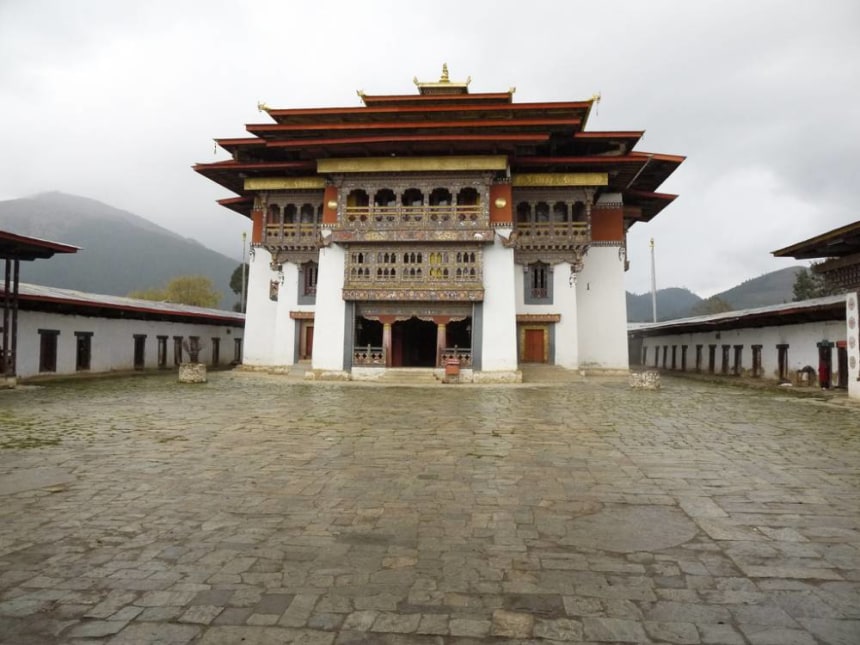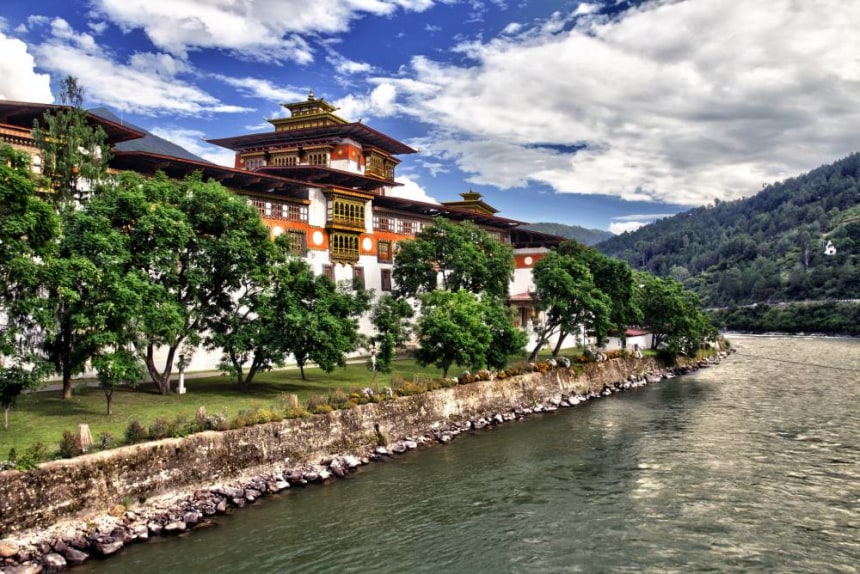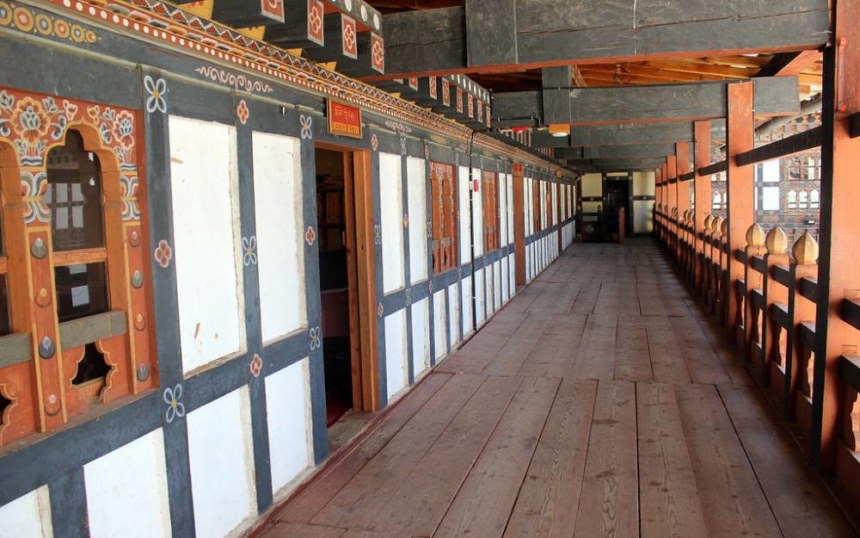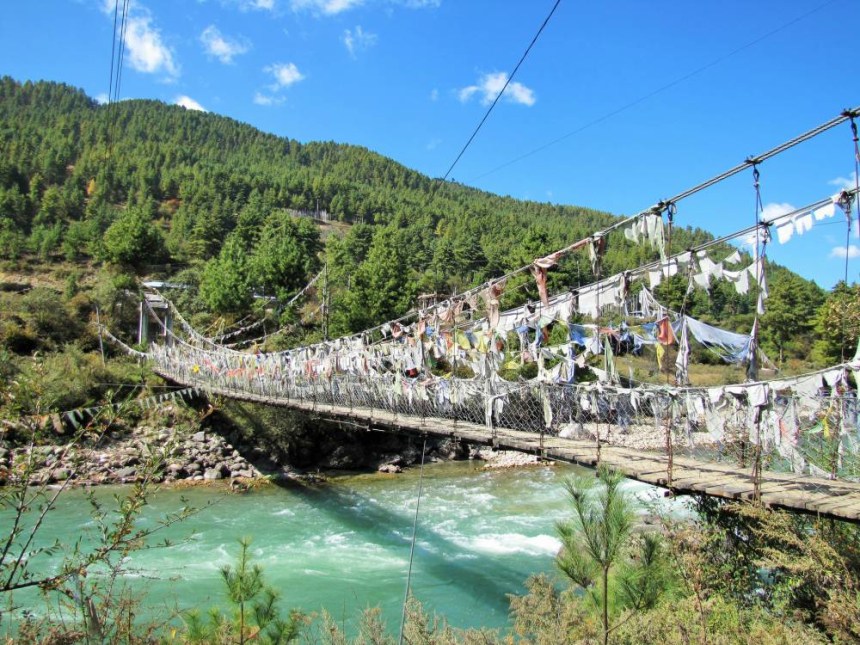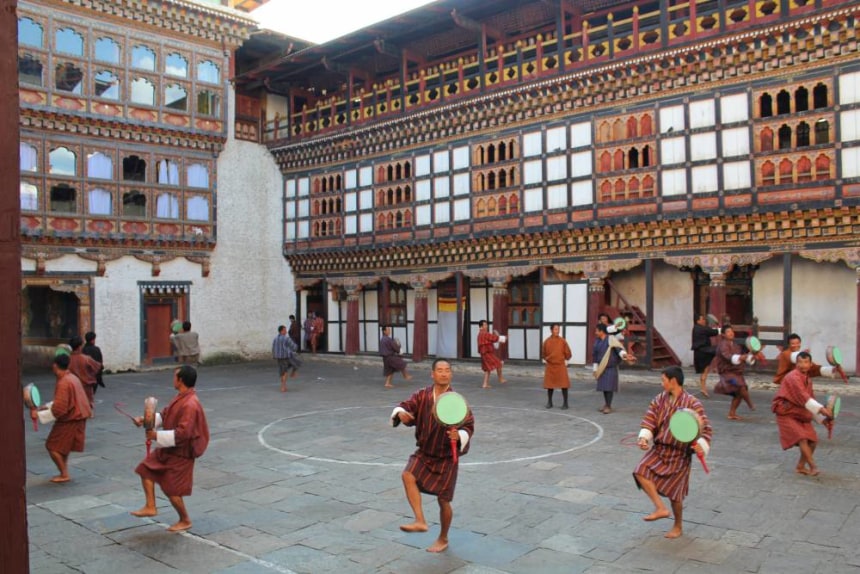| 6 mins read
By Joseph Francis
Steeped in history and tradition, Bhutan is a place of superlatives and extremes, where alpine valleys meet glacial peaks, ancient towns cluster beneath the whitewashed bulwarks of ancestral dzongs (fortress palaces) and clicking prayer wheels twist in the Himalayan winds. What’s more, the people strut with a trademark smile, contented more than most under a government that famously prioritises Gross National Happiness and not GDP!
Here is a holiday itinerary that takes intrepid travelers on a 10-day journey around the top sights, cities, towns and destinations recommended by Bhutan tour guides; going from the high-perched trekking trails of the rugged Black Mountains to the historic castles of Trongsa and the up-and-coming tree-lined streets of the capital at Thimphu.
Day 1 & 2 - Paro
Touch down on the altitudinous runways of Paro International Airport and make a beeline for the town of Paro itself. Hailed as one of the prettiest urban spots in the country, this one’s central streets are lined with charming wooden homes and shopfronts, half-timbered buildings and painted cottages built in the old Bhutanese style. Travelers should take some time to acclimatise on the first day, strolling the streets and weaving between the kiras (traditional Bhutanese dresses) shops. Afterwards, Paro’s wealth of interesting religious sites and gorgeous setting in its eponymous valley beckon, offering broadside views of the high Himalaya, and the 16th and 17th century dzongs of Rinpung and Drukgyel. More intrepid types can engage a Paro tour guide to make for the heights of the famous Taktsang Monastery, the former sanctuary of the revered Buddhist Guru Rinpoche that makes its home on the precipitous cliffs on the edge of town.
Day 3 & 4 – Thimphu
Days three and four offer a chance to get acquainted with Bhutan’s more elusive modern side, with a trip to the burgeoning capital at Timphu. This growing city sprawls out in the depths of its own lush valley, surrounded by brilliant sites like the Tashichoedzong, the seat of the Bhutanese government, and the high-perched Changangkha Lhakhang, where the so-called Pilgrim Path winds around the hillsides in a medley of prayer wheels and devotees. Back in the city travellers can spy out a wealth of international eateries, the energetic Thimphu farmer’s market and the immersive exhibitions of the National Folk Heritage Museum as well.
Day 5 – Wangdue Phodrang
Day five takes travelers eastwards into the central heartlands of Bhutan, to where the breathtaking dzong of Wangdue Phodrang makes its home on the undulating ridges of the Himalaya. Marked for UNESCO attestation, this striking example of ancestral castle architecture is unquestionably one of the finest in the country. Whitewashed and inlaid with timber, it’s hard to believe that it’s the product of recent reconstruction. What’s more, the dzong comes surrounded by the charming town of Wangdue Phodrang itself, which means row upon row of traditional timber homes, along with easy access to the beautiful Phobjikha Valley, with its sweeping dashes of firs and curious Tsechu mask festivals.
Day 6 - Gangtey
Next stop: Gangteng Monastery (also Gangtey). This glorious masterpiece of the Phobjikha Valley sits at a whopping 5,000 meters above sea level on the ridges of the Black Mountains, representing one of the most sacred sites in the Nyingma school of Tibetan Buddhism. Here, travelers can spy out the colourful adornments and animist figurines that decorate the structure and enjoy a curious harmony between the surrounding mountains and the traditional monastery architecture, while those feeling a little more adventurous can embark on the Gangte Nature Trail trek, which weaves into the blooming meadows around Khewa Lhakhang.
Day 7 - Punakha
Set deep in a valley of rolling fields of red and white rice paddies that comes peppered with mud-brick villages like Ritsha, beautiful Punakha offers travelers a glimpse at Bhutan’s old capital on day seven of our itinerary. The undisputed piece de resistance here is the Pungthang Dewachen Gi Phodrang dzong, which rises up from the banks of the Mo Chhu River in a majestic display of whitewashed walls and blooming jacaranda trees. This was the site of the coronation of the first king of Bhutan and the home of Ngawang Namgyal relics, signifying it’s political and religious importance.
Day 8 – Trongsa
Impossibly beautiful Trongsa sits atop a sheer-cut canyon right on the eastern edge of the Black Mountains. Travelers arrive here on day eight of our itinerary and make for the picture-perfect dash of whitewash and timber that crowns the hillside in the form of the Trongsa Dzong. Unquestionably one of the most magnificent in all of Bhutan, this 16th-century complex is home to countless courtyards and tunnels, is set to the sound of chanting Buddhist monks and hosts the fascinating exhibition rooms of the National Museum to boot.
Day 9 – Bumthang and Jakar
Moving deeper into the eastern haunch of the country, travellers find themselves amidst the lush valleys of the Bumthang district on day nine. Earthy, folksy and interesting, this region is crowned by the traditional dzong of Jakar and plays host to countless villages which offer a glimpse at the preserved rustic lifestyles of the Bhutanese people. Visitors will travel to the weaving workshops at Chhumey to see traditional handicrafts in the making, before heading to the hills and spying out bucolic little Ura, a tight-knit community of cobbled lanes and smiling, sheepskin-clad locals that seems frozen in time.
Day 10 – Trashigang
A gorgeous mountainside town that sits adorned with the majestic Trashigang Dzong in the midst of eastern Bhutan, Trashigang rarely fails to draw a gasp. Travelers will end their route through the country here with a dose of raw Bhutanese culture. First up is the famous dzong itself, where lama dances and traditional Buddhist cloisters converge on a single courtyard. Then comes the town’s bustling bazaar, where all the narrow streets and lines of half-timbered homes meet in a medley of rustic Bhutanese wares, trinkets and goods around a central municipal prayer wheel, and Trashigang tour guides help unravel the curious architectural styles that make this one such an enchanting spot.
Joseph ‘Rich’ Francis is a freelance travel writer who has travelled extensively in Asia and Europe. He particularly enjoys the jazz bars of Poland, the ski slopes of Austria and the beaches and cities of India.
Image Details and Licenses: https://flic.kr/p/yGrUc (Bob Witlox, CC BY-NC-ND 2.0), https://flic.kr/p/8zKuom (Andrea Williams, CC BY-NC-ND 2.0), https://flic.kr/p/e1q2VC (Carsten ten Brink, CC BY-NC-ND 2.0), https://flic.kr/p/9Bd1Ga (Olivier Lejade, CC BY-SA 2.0), https://flic.kr/p/noHWjj (Ashwin Mudigonda, CC BY-NC 2.0), https://flic.kr/p/pRYvgo (Nagarjun Kandukuru, CC BY 2.0), https://flic.kr/p/C8etNS (Chuck Moravec, CC BY 2.0), https://flic.kr/p/pcvEti (Arian Zwegers, CC BY 2.0)


